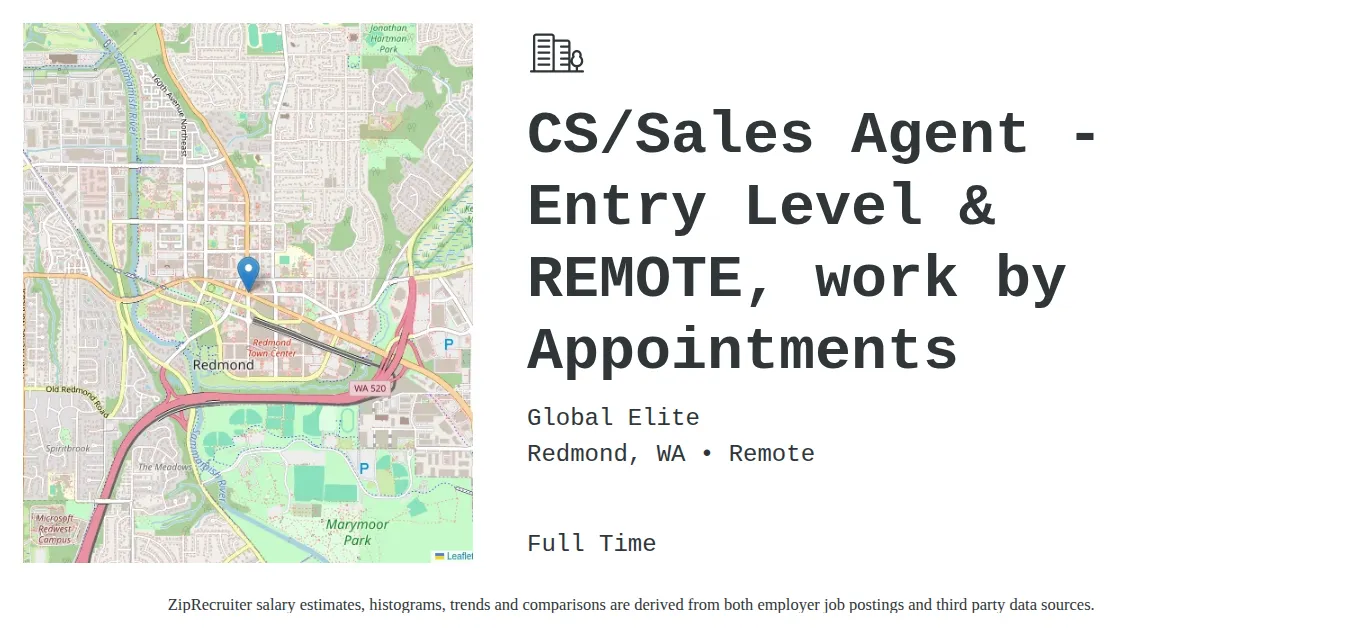The global office isn’t a future concept—it’s here. Your sales team might be spread across four time zones, with a closer in Berlin, a lead generator in Manila, and an account executive in Austin. This is a powerhouse of potential. But honestly, it’s also a minefield of misunderstood emails, awkward silences on Zoom, and deals that mysteriously vanish into thin air.
The challenge isn’t just the distance. It’s the distance between cultures. Selling remotely across cultures is like trying to play a symphony where every musician is reading from a different sheet of music. The notes might be the same, but the rhythm, the emphasis, the very soul of the piece gets lost. Let’s build that bridge together.
Why “What Works Here” Fails Over There
You know that high-energy, straight-to-the-point pitch that crushes it in New York? It can come across as aggressive and disrespectful in Tokyo, where relationship-building is the true currency of a deal. That’s the core of cross-cultural sales communication. It’s about understanding that your customer’s perception of trust, authority, and value is filtered through a cultural lens you might not even know exists.
The High-Context vs. Low-Context Divide
This is a big one. In low-context cultures (think: U.S., Germany, Australia), communication is direct and explicit. The words matter most. “Let’s circle back” means “let’s talk later.” Simple.
But in high-context cultures (like Japan, Saudi Arabia, India), communication is nuanced. The relationship, the body language, the silence—it all carries meaning. A “yes” might not mean agreement; it might mean “I hear you.” Missing these cues in a remote setting, where you lack physical tells, is a massive risk. You have to learn to read between the pixelated lines.
Practical Strategies for Your Virtual Sales Floor
Okay, enough theory. Here’s the deal. How do you actually implement this day-to-day?
1. Master the Art of the Async Update
Not every conversation needs a meeting. In fact, for global teams, async communication (using tools like Loom or Voxer) is a godsend. It allows non-native speakers to listen at their own pace, digest the information, and formulate a thoughtful response. It reduces the pressure of thinking on their feet in a second language.
2. Schedule with “Time-Zone Empathy”
Consistently making a teammate in Manila stay up until 11 PM for a call isn’t just rude—it burns them out. Use scheduling tools that show everyone’s local time. Rotate meeting times so the burden of an inconvenient slot doesn’t always fall on the same people. This small act screams, “We value you.”
3. Create a Team “Communication Charter”
This is a living document that outlines your team’s norms. It answers questions like:
- What’s our expected response time on Slack? (Is 2 hours okay? 12?)
- When do we use a video call vs. a quick voice message?
- How do we prefer to give constructive feedback? Publicly in a channel or privately in a DM?
Getting this out in the open prevents a thousand tiny misunderstandings.
The Nuances That Make or Break the Deal
Let’s get tactical. Here are some specific areas where cultural differences hit your sales pipeline hardest.
Building Trust: Relationship vs. Task
In many Western cultures, trust is built through competence. You deliver a good product on time. Boom, trust earned.
In many Latin American, Asian, and Middle Eastern cultures, trust is built through relationship. You share a meal (even virtually), you ask about family, you show you care about the person before the project. Rushing the sale is a surefire way to kill it. You have to invest the social time upfront.
The “Yes” That Means “No”
In cultures that avoid direct confrontation, a “we will consider it” or “this is very interesting” might be the only “no” you’ll get. Pushing for a definitive “yes or no” can cause major offense. Instead, learn to ask open-ended, clarifying questions. “What are the potential hurdles you see with this?” or “Could you walk me through your decision-making process?”
Negotiation Styles: Collaborative or Competitive?
Some cultures see negotiation as a battle to be won. Others see it as a collaborative journey toward a fair agreement. Knowing which you’re walking into changes everything—from your opening offer to your concession strategy.
| Cultural Aspect | Direct Style (e.g., U.S., Germany) | Indirect Style (e.g., Japan, Korea) |
| Feedback | Direct, constructive, focused on improvement | Indirect, gentle, often given through a third party or with softening language |
| Disagreement | Open and debated; “playing devil’s advocate” | Avoided in public to maintain harmony and save face |
| Pacing | Fast, “let’s get down to business” | Slower, with significant time for relationship building |
Fostering a Truly Inclusive Sales Culture
This isn’t a one-time training. It’s a mindset. It’s about creating psychological safety where a team member in Cairo feels just as comfortable challenging an idea as the team member in Chicago. Encourage people to share stories about how business is done in their region. Celebrate the different holidays. Make “cultural moments” a regular, casual part of team meetings.
And hey, you’ll make mistakes. You’ll mispronounce a name or step on an invisible cultural landmine. The key is to be humble, curious, and quick to apologize. Authenticity, it turns out, is a universal language.
The Final Word: It’s Not About You
At its heart, effective cross-cultural sales communication in a remote world flips the script. It forces you to stop leading with your own cultural blueprint and start listening for your client’s. The goal isn’t to become an expert in every culture—that’s impossible. The goal is to become an expert in empathy, in curiosity, in the quiet art of understanding that the way you see the world is just one version of the story.
The future of sales isn’t just global; it’s human. And the teams that remember that, that build their strategies not on assumptions but on genuine, cross-cultural connection, won’t just close more deals. They’ll build something far more valuable: a reputation that resonates everywhere.


